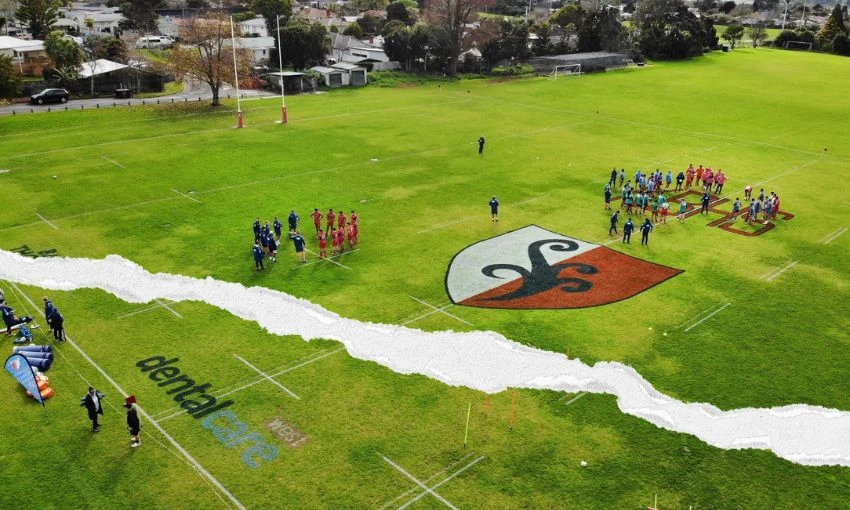Copyright news18

Grasim Industries shares declined 6% on November 6 after Rakshit Hargave, CEO of its paints division Birla Opus, resigned just 18 months after its launch. In contrast, Britannia Industries shares rose 2.5% after the FMCG company appointed Hargave as its new CEO. Global brokerage Jefferies termed Hargave’s resignation a “negative surprise” for Grasim, noting that his leadership had been instrumental in scaling the paints business amid stiff competition. The brokerage added that investor sentiment could remain cautious in the near term. At 11:55 am on November 6, Grasim shares traded 6% lower at Rs 2,705.6 apiece despite reporting a 50% year-on-year jump in net profit for the September quarter. Britannia shares were up 2% at Rs 6,002.5, a day after announcing Hargave’s appointment. Meanwhile, rival Asian Paints’ shares also surged nearly 6% in trade. So far in 2025, Grasim shares have gained 14%, while Britannia’s have risen 28%. Grasim Q2 Results Grasim Industries, the Aditya Birla Group’s flagship, posted a 52.4% rise in net profit to Rs 1,498.04 crore for Q2FY26, supported by higher profitability in its cement and chemical businesses. Revenue from operations grew 16.6% to Rs 39,899.5 crore from Rs 34,222.5 crore a year earlier, driven by growth in building materials and chemicals. Birla Opus, Grasim’s paints business, continued to expand its market share in the Indian decorative paints segment, aided by distribution network growth, stronger brand visibility, and product quality. With the commissioning of its Kharagpur plant in October 2025, total capacity reached 1,332 MLPA. The company’s cumulative capex for the paints business stood at Rs 9,727 crore as of September 2025. Britannia Q2 Results Britannia Industries reported a 23.2% year-on-year rise in consolidated net profit to Rs 655.06 crore for Q2FY26, supported by stable commodity prices and ongoing cost optimisation. Revenue from operations grew 3.7% to Rs 4,840.63 crore. Vice Chairman and Managing Director Varun Berry said profitability improved due to “stable input costs and sustained efforts to optimise costs across the value chain.” The company’s net profit margin expanded to 13.5% from 11.4% a year earlier.



